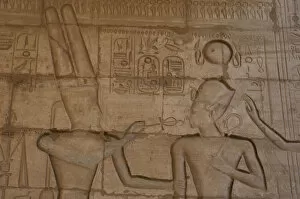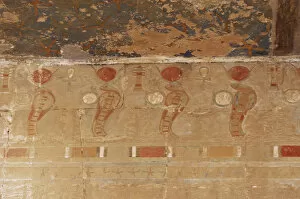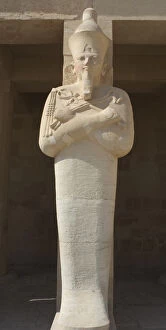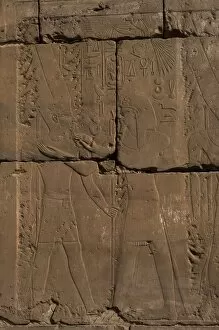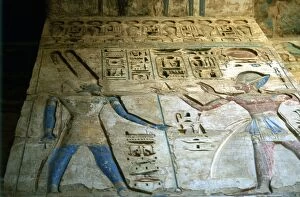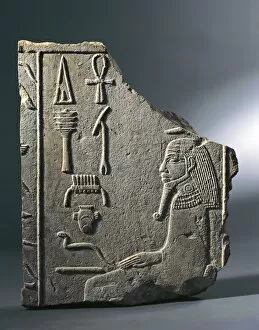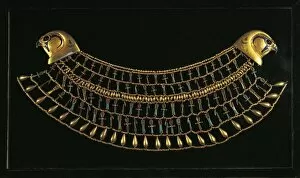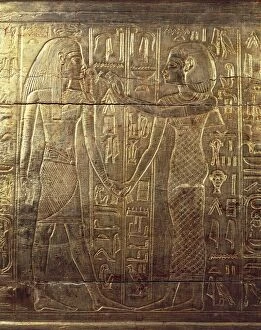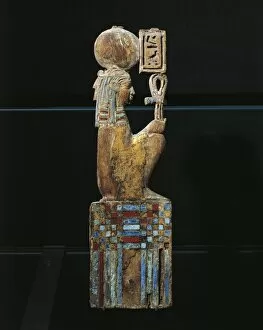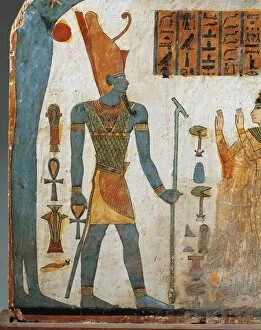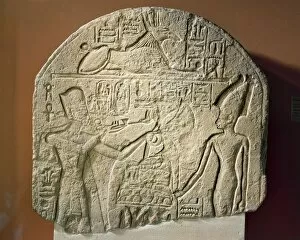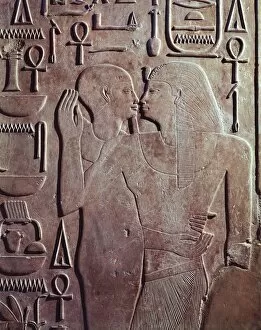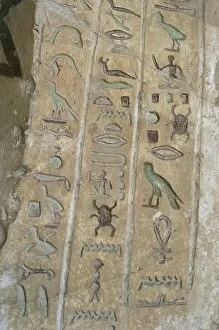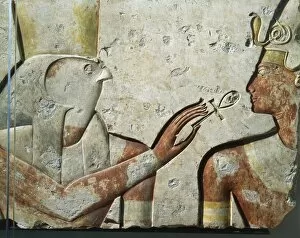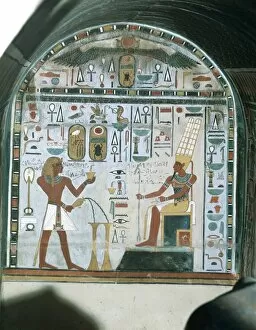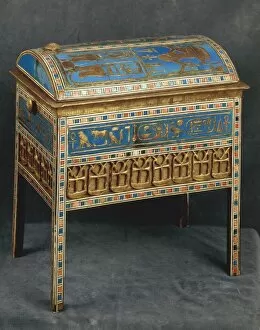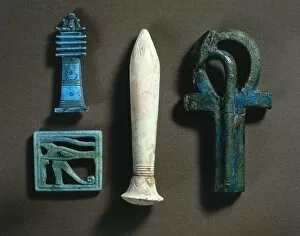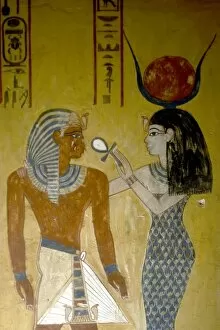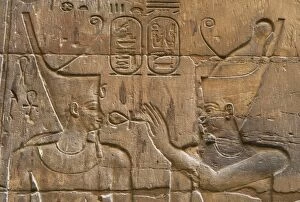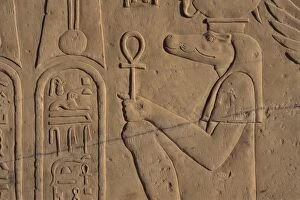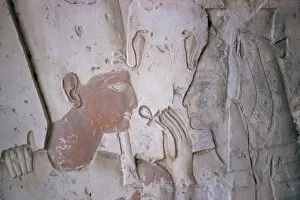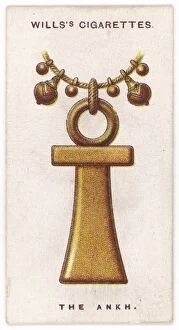Ankh Collection (#5)
"Unveiling the Mysteries of the Ankh: A Journey through Ancient Egypt" Step back in time to Pharaoh Amenhotep I's reign, where the symbol of life, the ankh
For sale as Licensed Images
Choose your image, Select your licence and Download the media
"Unveiling the Mysteries of the Ankh: A Journey through Ancient Egypt" Step back in time to Pharaoh Amenhotep I's reign, where the symbol of life, the ankh, held great significance. This illustration depicts Horus, the ancient Egyptian god, clutching this key of life tightly. As we venture further into history, we find ourselves at the majestic Temple of Ramses III. The pharaoh himself is adorned with a Khepresh crown, showcasing his divine authority and power. Moving on to another captivating sight, we encounter a statue of the fierce Goddess Sakhmet. Her presence exudes strength and protection over Egypt. Intriguingly enough, Goddess Hathor offers her precious necklace to none other than a pharaoh. This painted relief from Seth I's tomb reveals how even deities bestowed their blessings upon these rulers. Delving deeper into royal symbolism and spirituality, we discover a chair intricately decorated with names that carry immense weight throughout eternity - truly embodying millions of years' worth of spirit. Hatshepsut's Osirian statue stands as a testament to her remarkable reign as one of Egypt's few female pharaohs. Her legacy lives on through this magnificent sculpture. The walls speak volumes as well; an ancient temple painting salvaged from Nubian land flooded by Lake Nasser tells tales untold for centuries – stories waiting patiently to be unraveled by curious minds like ours. Nyankhre false door stela invites us into its enigmatic world where rituals were performed and spirits communed with those who have passed on before us – bridging gaps between realms unknown. Wennekhu's stela transports us further back in time; it serves as a reminder that our existence is but fleeting compared to these timeless relics left behind by ancient civilizations long gone. Anubis emerges next – god of death with his jackal-headed form, guarding the souls of the departed.





